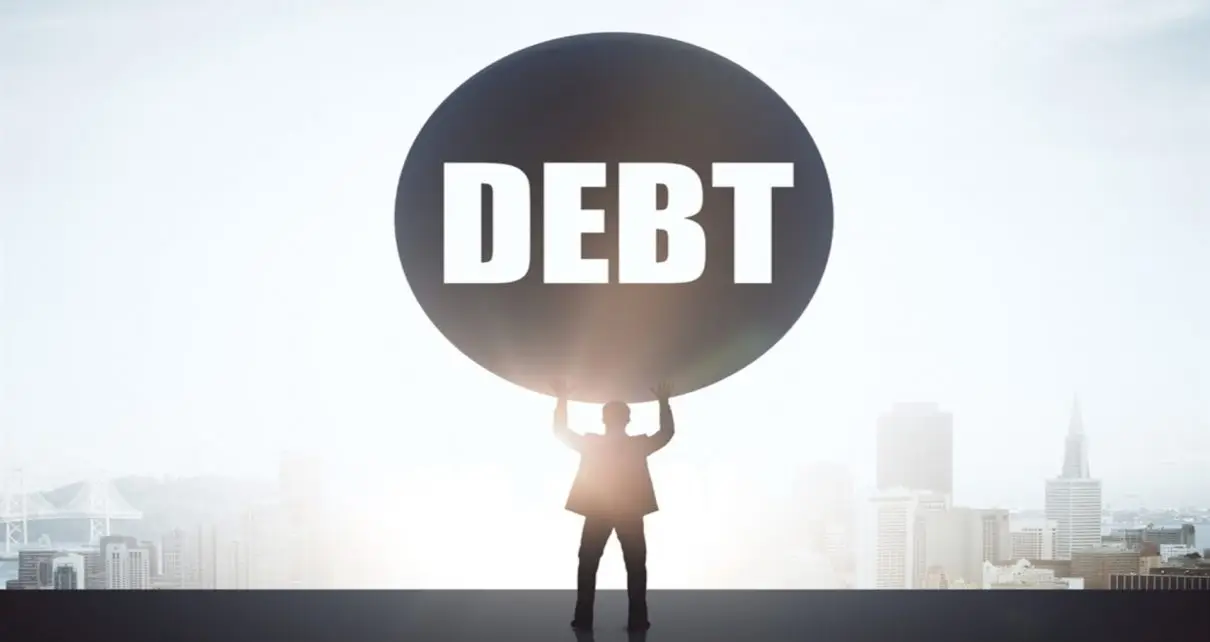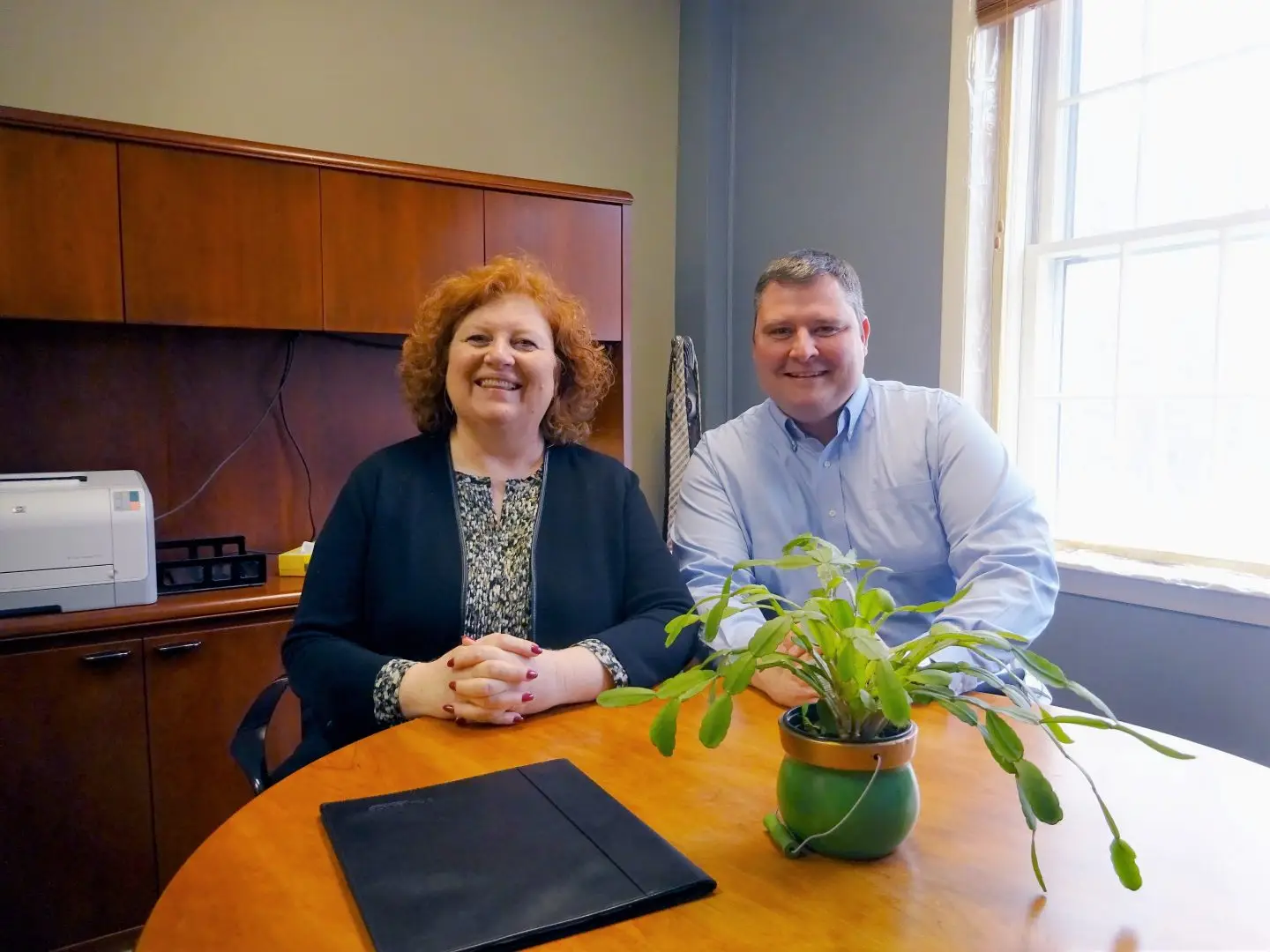Student debt is becoming an increasingly large issue with 44.2 million Americans with student loan debt, as reported by the Federal Reserve, the central bank of the United States. Of that 44.2 million, the average monthly student loan payment is around $351 every month.
In addition to student debt, many students often have various other debts as well, including credit card payments or car payments, in addition to other monthly financial obligations including groceries, phone bills, rent and more.
Paying off debt sooner rather than later will help eliminate financial burdens and allow more room to save for emergencies and retirement. Deleting debt takes patience and a plan. Most plans require a commitment to stick to it to achieve results.
There are many methods or plans to pay down debt. Most methods are effective. It is dependent upon the financial situation of the individual to determine what works best for them.
Debt Stacking is a method that recommends prioritizing debt in order from highest interest rate to lowest, not the overall balance. It is critical to maintain paying the minimum payment on all debts, but while doing this, pay an additional amount of money towards the debt with the highest interest rate. Keep paying the additional amount of money towards that debt until it is completely paid off and continue to work down the list with this method until all are paid off.
This method will help to eliminate additional money spent on interest rates as time progresses. However, it will take longer to pay off debts with higher balances.
Debt Snowballing is a method that recommends creating a list of all debts in order from lowest remaining balance to the highest balance, regardless of the interest rate. Then, while paying the minimum payment for each loan every month, put any additional money possible towards the debt with the lowest balance. Continue with this payment method until the lowest debt is completely paid off and then move down the list to the next highest debt.
The idea behind this method is less about saving more money in the end but rather feeling a personal victory when being able to pay off a debt, regardless of how little it may have been. This feeling will, in theory, motivate people to keep following this method and motivate people to keep saving money and paying off larger debts. However, this may cost more money in the end because the debts with higher balances may potentially have the highest interest rates and will continue to multiply.
While it may seem obvious to choose the plan that requires less money to be paid overall, that is not necessarily the best plan for everyone. People should choose the method that best works with their monthly budget, level of motivation and financial goals. Start paying off debts today, or start tomorrow, but either way have a plan and stick to it, even when it’s difficult.




